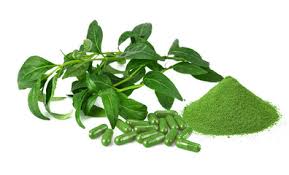Mycelium (the building blocks of mushrooms) infuse all landscapes together, holds soils together, and are the grand molecular dissemblers of nature. It has been discovered that mycelium acts as a mother to plant species in the areas it inhabits, transferring nutrient from plants with abundance to plants with need. Paul Stamets speaks in this TED Talk about 6 ways that mushrooms can save us, and the planet.
1.Pollution
Fungi use radiation, not light, as a source of energy. Mycelium absorbs oil, and breaks down hydrocarbons turning oil spills into sugars for mushroom growth, eliminating hazardous waste. Mushrooms are a gateway species, prepping an area for other life, and attracting it. Paul Stamets has designed a burlap sack impregnated with spores, that can be filled with storm refuse and placed downstream from farms or factories that emit E. Coli, chemical toxins or other wastes. By building up riverbanks from these sacks, we can not only prevent erosion, but remove the pollution, cleaning the environment and allowing it to heal.
2. Health
Mushrooms and humans share the same pathogens. Mushrooms have developed ways to fight many of our diseases, producing strong antibiotics. They have been proven to destroy smallpox, flu viruses, H1N1, H3N2, H5N1, and more, at levels of effectiveness far above that of our most advanced pharmaceuticals. Preserving our old growth forests which harbor some of the most effective species would allow humanity to cure diseases we have been losing the war against even with our most advanced medicines.
3. Insecticides
There is a whole branch of fungi that kill insects. Their spores are a natural repellant to termites, carpenter ants, and hundreds of other species. By manipulating the spore stage of the mycelium, Paul was able to lay bait stations that attract the insects, who eat the mycelium and take it back to the colony, feeding it to the queen. A week later, the insects are gone, because the mycelium has eaten them from the inside out, and now the area is no longer considered habitable to other colonies. Because the fungi will continue to grow and thrive, it presents a near permanent solution, without dangerous chemicals.
4. Reduce carbon footprint
Cardboard boxes used for shipping could spread forests and mushrooms, by being inoculated with spores and seeds. Paul created Life Box, to deliver these seeds and the mycelium to mother them. Simply add soil, water, and grow a forest.
5. Feeding and clothing refugees
Paul modified the Life Box concept for DARPA, so you could deliver shoes to refugees in a box who would then grow corn beans, squash, and vegetables.
6. Renewable fuel
By inoculating corn with mycelium, the mycelium converts the cellulose of the corn into fungal sugars. Ethanol can be produced from the corn with mycelium as an intermediary. This process is more ecologically efficient than simply making Ethanol directly from the corn. Coined Econol, Paul surmises that that this process will build the carbon banks and renew the soil, rather than simply depleting it by growing and harvesting corn over and over. The mycelium renews the soil that the corn grows in.
By teaming up with mycelium, Paul believes we can save the world, and many scientists in the world agree.
Watch Paul Stamets talk here:




